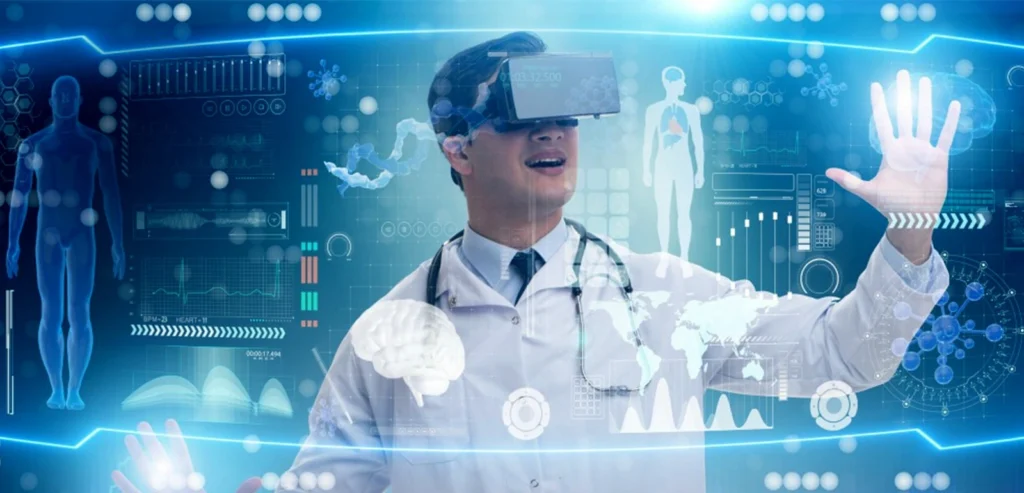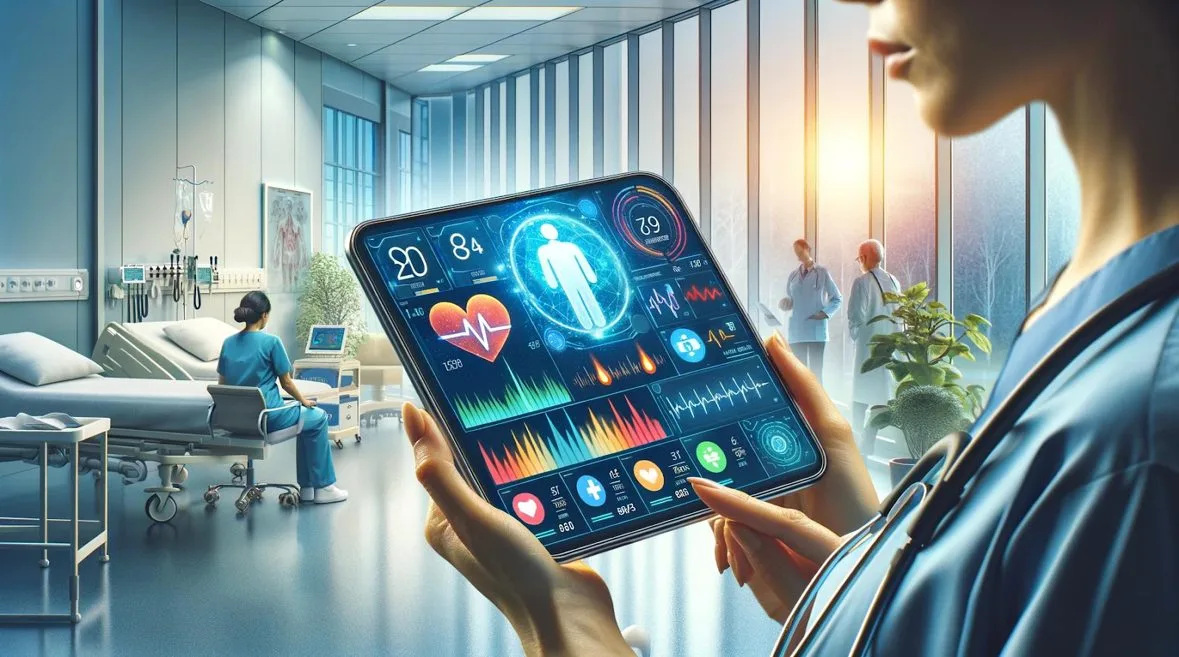In recent years, Virtual Reality (VR) has emerged as a transformative technology across various industries, and healthcare is no exception. When combined with Customer Relationship Management (CRM) systems, VR opens new avenues for improving patient engagement, comfort, and education. Together, these technologies create a more personalized, immersive, and data-driven approach to healthcare that benefits both patients and providers.
This blog explores how Virtual Reality, when integrated with healthcare CRM systems, is redefining the patient experience — from diagnosis to treatment and beyond.
Understanding the Synergy Between VR and CRM in Healthcare
A Healthcare CRM system serves as a central hub for managing patient data, interactions, appointments, and communication. It helps clinics and hospitals streamline operations and provide personalized care. When integrated with Virtual Reality technologies, CRM systems gain the ability to deliver experiential, interactive, and emotionally engaging services that strengthen the connection between patients and healthcare providers.
VR applications in healthcare range from medical training and pain management to mental health therapy and patient education. By capturing valuable interaction data from these VR experiences, CRM systems can build richer patient profiles — leading to more targeted care strategies and better health outcomes.
1. Enhancing Patient Education Through Immersive Experiences
One of the biggest challenges in healthcare is ensuring that patients fully understand their diagnoses, treatment plans, and post-care instructions. Traditional explanations can often seem complex and overwhelming.
With VR integration, clinics can offer immersive visualizations that make medical concepts easier to grasp. For example:
- A patient scheduled for heart surgery can take a virtual tour of the procedure to understand what will happen step by step.
- Dental clinics can use VR to show patients how oral hygiene habits affect their teeth and gums over time.
- Physiotherapists can demonstrate rehabilitation exercises through guided VR environments.
When these experiences are logged in the CRM system, the clinic gains insights into patient engagement — such as how long a patient interacted with a particular VR module or which topics they found most useful. This data helps providers tailor follow-up communication, educational materials, or reminders.
2. Reducing Anxiety and Improving Comfort
Many patients, especially children and those undergoing chronic treatments, experience anxiety when visiting healthcare facilities. VR offers a powerful solution to this issue.
By integrating VR-based relaxation programs into the patient journey, clinics can transform stressful visits into calming experiences. For instance:
- Before a procedure, patients can explore soothing virtual environments such as beaches or forests to reduce pre-surgery stress.
- Children can be engaged with playful VR stories while receiving vaccinations or IV therapy.
These VR interactions can be linked with the CRM, which tracks patient feedback and responses. Over time, CRM analytics can reveal patterns — such as which VR environments lead to the greatest stress reduction — allowing healthcare providers to personalize experiences for different patient segments.
3. Personalized Rehabilitation and Remote Care
Rehabilitation is a crucial phase of recovery, and maintaining patient motivation can be challenging. VR-based rehab programs, when integrated with CRM systems, help bridge this gap.
Patients can perform guided exercises in a virtual environment while the system tracks their progress and sends real-time updates to the clinician’s CRM dashboard. This data enables the healthcare provider to monitor adherence, adjust treatment plans, and send motivational messages or reminders through the CRM’s automated communication tools.
Moreover, VR can extend into remote rehabilitation, where patients use VR headsets at home. The CRM records performance metrics — such as movement accuracy or session duration — and flags cases that require additional support. This integration not only enhances care continuity but also fosters a sense of connection between patients and providers, even outside the clinic.
4. Improving Mental Health Therapy and Emotional Well-being
Mental health care has seen remarkable benefits from Virtual Reality. From treating phobias and PTSD to providing mindfulness training, VR has become a valuable therapeutic tool.
When combined with CRM platforms, clinics can manage therapy sessions more effectively. For example:
- A patient undergoing VR exposure therapy for anxiety disorders can have each session’s progress automatically logged into the CRM.
- The CRM can trigger reminders for upcoming sessions or send supportive content based on therapy milestones.
- Aggregate data can help clinicians analyze overall therapy outcomes and refine their treatment approaches.
This synergy creates a continuous feedback loop, ensuring that each patient receives personalized, data-informed care.
5. Virtual Consultations and Empathy Training for Staff
VR also plays a vital role in improving healthcare staff interactions with patients. Using VR-based empathy training, staff members can experience situations from a patient’s perspective — such as what it feels like to suffer from visual impairment or chronic pain.
The CRM can then track staff performance metrics and training progress, ensuring that the entire care team aligns with patient-centered values. Additionally, VR can simulate virtual consultations that replicate real-life scenarios, helping practitioners refine communication techniques and improve patient satisfaction scores logged within the CRM system.
6. Enriching Data for Better Patient Insights
Every VR session — whether for therapy, education, or relaxation — generates valuable behavioral and emotional data. When integrated into a CRM, this information enriches the patient profile, going beyond medical records to include engagement patterns, comfort levels, and learning preferences.
Advanced CRM analytics can use this data to:
- Predict patient needs and recommend personalized care plans.
- Segment patients based on engagement levels and risk profiles.
- Trigger automated follow-ups or personalized content sharing.
This data-driven approach ensures that care becomes more proactive, efficient, and empathetic.
7. Boosting Patient Retention and Satisfaction
Ultimately, the combination of VR and CRM enhances the overall patient experience, leading to higher satisfaction and loyalty. Patients who feel understood, cared for, and engaged are more likely to return for follow-up visits and recommend the clinic to others.
From immersive pre-treatment education to calming VR therapy sessions and personalized digital follow-ups, the entire patient journey becomes smoother and more enjoyable. The CRM’s analytics capabilities ensure that each touchpoint contributes to better engagement and stronger relationships.

Conclusion
The integration of Virtual Reality with Healthcare CRM systems marks a new era in patient-centered care. It bridges the emotional and informational gap between patients and providers, transforming healthcare from a transactional experience into a deeply personal one.
By harnessing the power of immersive technology and intelligent data management, clinics can deliver care that is not only effective but also empathetic. As VR and CRM technologies continue to evolve, their combined potential will redefine how healthcare organizations engage, educate, and empower their patients — setting a new standard for the modern patient experience.







